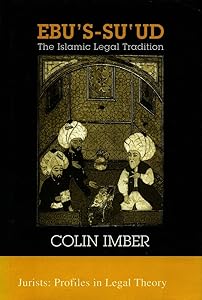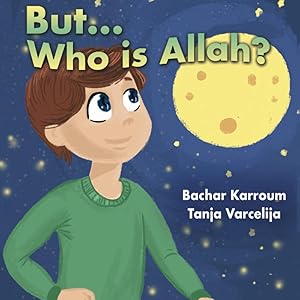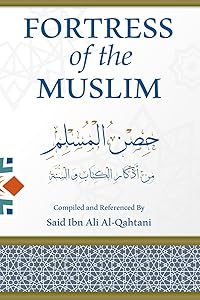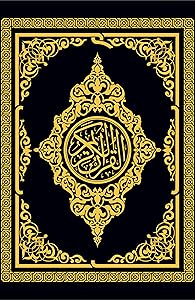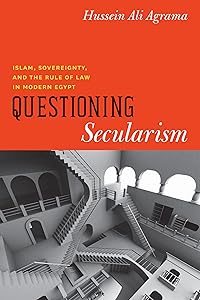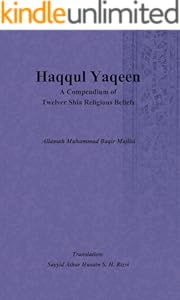From the author:We have resolved, by Allāh’s permission and enabling grace, to publish articles comprising authentic ĥadiths in various chapters, sections, issues, and points of benefit. This is in fulfillment of the desire of many of our honorable brothers and friends, and to provide the esteemed readers with them, cooperating with them in cultivating sound Islamic knowledge, whose source after the Noble Qur’ān is none other than the ĥadiths of the Messenger of Allāh (peace be upon him). They are truly, as one of the righteous scholars said:‘The most blessed of sciences, the most excellent, and the most beneficial in religion and worldly life after the Book of Allāh, Mighty and Majestic, are the ĥadiths of the Messenger of Allāh (peace be upon him); due to the abundance of sending blessings upon him contained within them, and because they are like gardens and orchards, wherein you find every good, virtue, blessing, and remembrance.’However, it is extremely regrettable that some parasites, in the form of weak and fabricated ĥadiths, have crept into these gardens and orchards, until they grew and flourished therein, becoming, by virtue of the passage of time over them and the ignorance of most people about their reality, as if they are an integral part of them. This is what prompted me to attempt to purify them from these [parasites], and to warn the heedless Muslims about them, through the articles: ‘Weak and Fabricated Ĥadiths and Their Evil Effect on the Ummah,’ which are published sequentially in the flourishing Journal of Islamic Civilization. These articles were received by the people of knowledge and virtue from various lands with acceptance and approval. They were extremely keen to acquire and preserve them, and many rushed to submit subscription requests for the journal because of them.However, it later became clear that this warning, although obligatory and unavoidable, does not complete the benefit by itself. Rather, it is also necessary to present the authentic ĥadiths alongside them; because knowing the weak among the ĥadiths does not necessitate identifying the authentic ones, unless it were possible to enumerate all the weak ones—but far from it! [Their number has now exceeded 6,500, and the count continues]. Therefore, we became certain of the necessity of clarifying these authentic ĥadiths alongside clarifying the weak ĥadiths. By doing so, we will have combined in the treatment both identifying the disease and presenting the cure, by Allāh the Exalted’s permission.I have not adhered in these articles to specific categorization or arrangement, but rather according to what is feasible, just as we proceeded in the other articles mentioned earlier. Our primary purpose from these articles, after what we indicated regarding cultivation [of knowledge], is verifying the authenticity of these ĥadiths and discussing their chains, routes, and narrators according to the methodology of the People of Ĥadith (Ahl al-Ĥadīth), and within the bounds of their terminology, with the intention of brevity and avoiding excessive length as much as possible, except where indispensable. We may sometimes discuss the jurisprudential issues, linguistic benefits, and other points contained in some of them. We might sometimes connect some of their individual components with a thread of discourse, such that a specific topic, standing on its own, is formed from it, which could serve as a basis for a sermon or lecture. However, I have not committed myself to that, to make it easier for myself and considering the constraints on my time.I ask Allāh, Blessed and Exalted, to make them more beneficial than the benefit derived from the aforementioned articles, to inspire me with correctness in all of them, to make them purely for His Face, and to store up their reward for me with Him; indeed, He is the best to be asked.Damascus 14/12/1378 HMuĥammad Nāŝir ad-Dīn al-Albānī Read more
